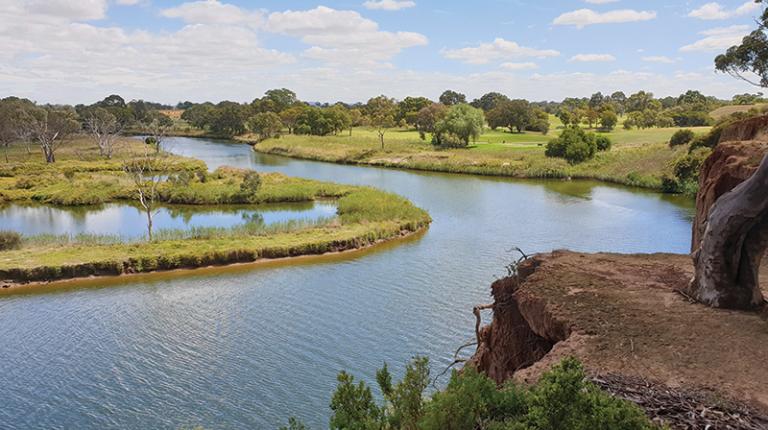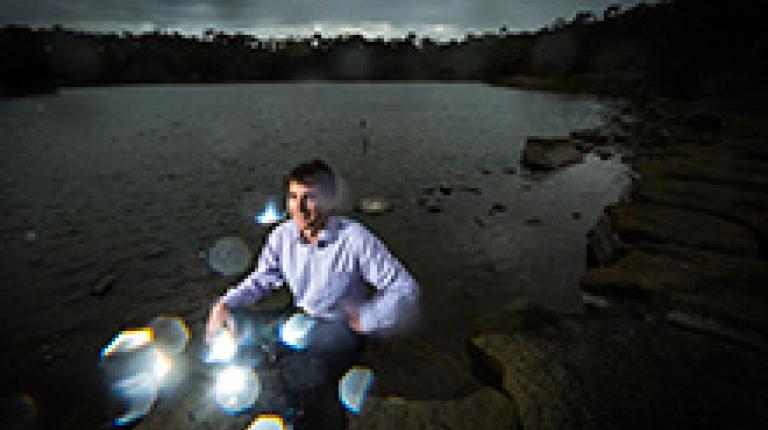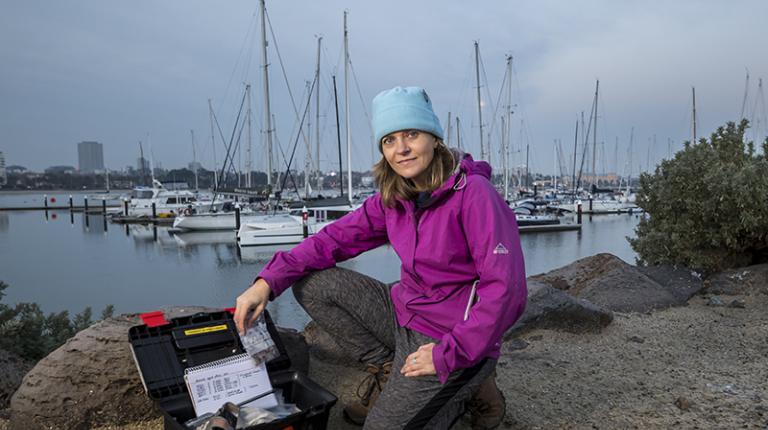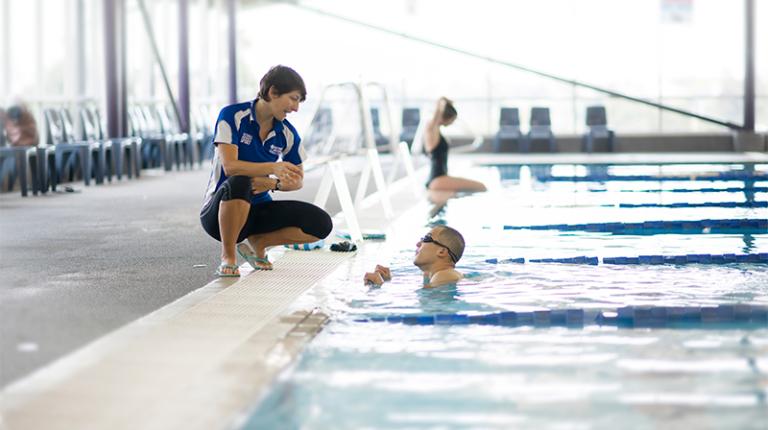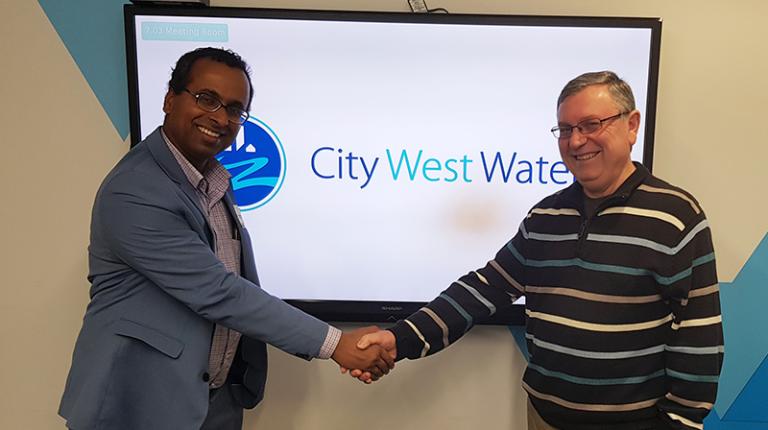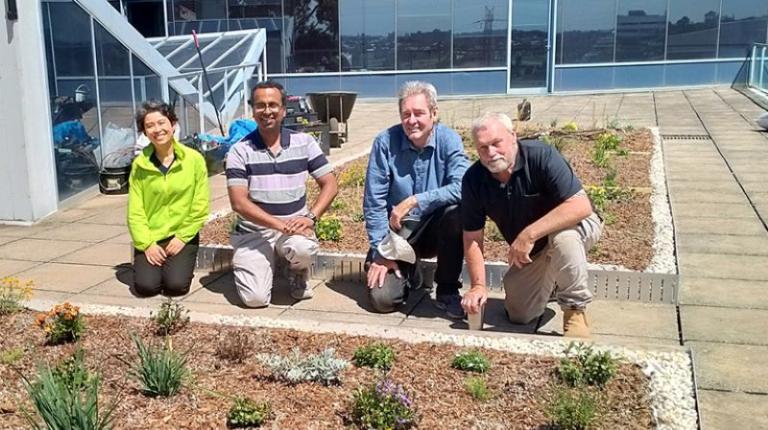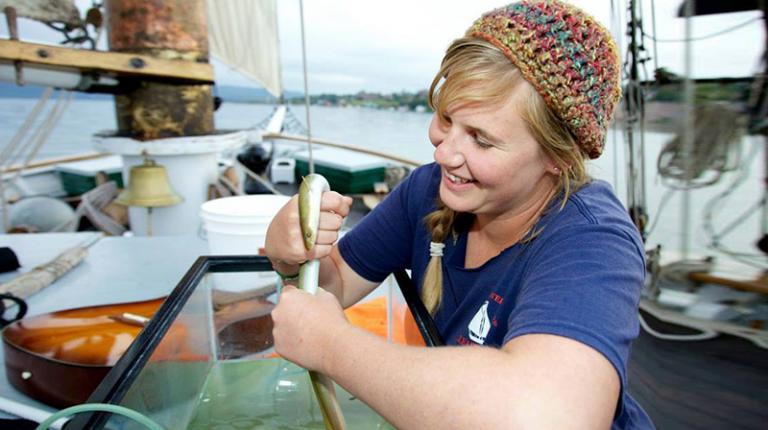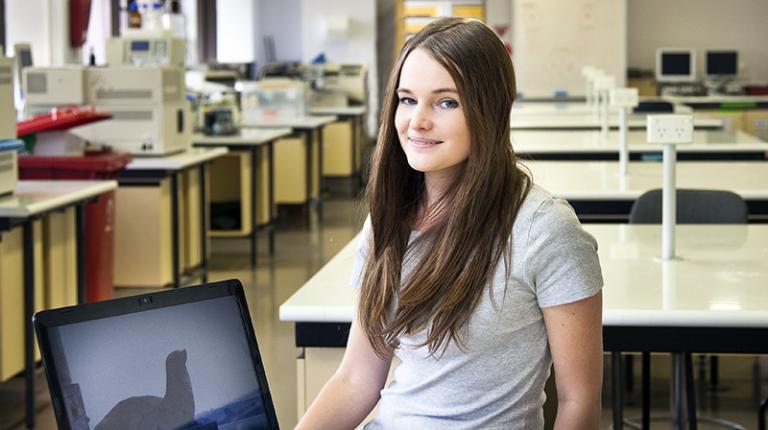Saving our ocean must remain a priority. Marine biodiversity is critical to the health of people and our planet.
– United Nations
Environmental research related to water systems at VU has a practical focus, resulting in quantitative information provided to state, federal and international environmental agencies. It is used to positively influence the protection, rehabilitation and resilience of threatened species, ecosystems and human communities.
In addition to this collaborative and impactful contribution to environmental protection, we conduct our own University business in a responsible way, creating positive ecological effects through practical intiatives.



